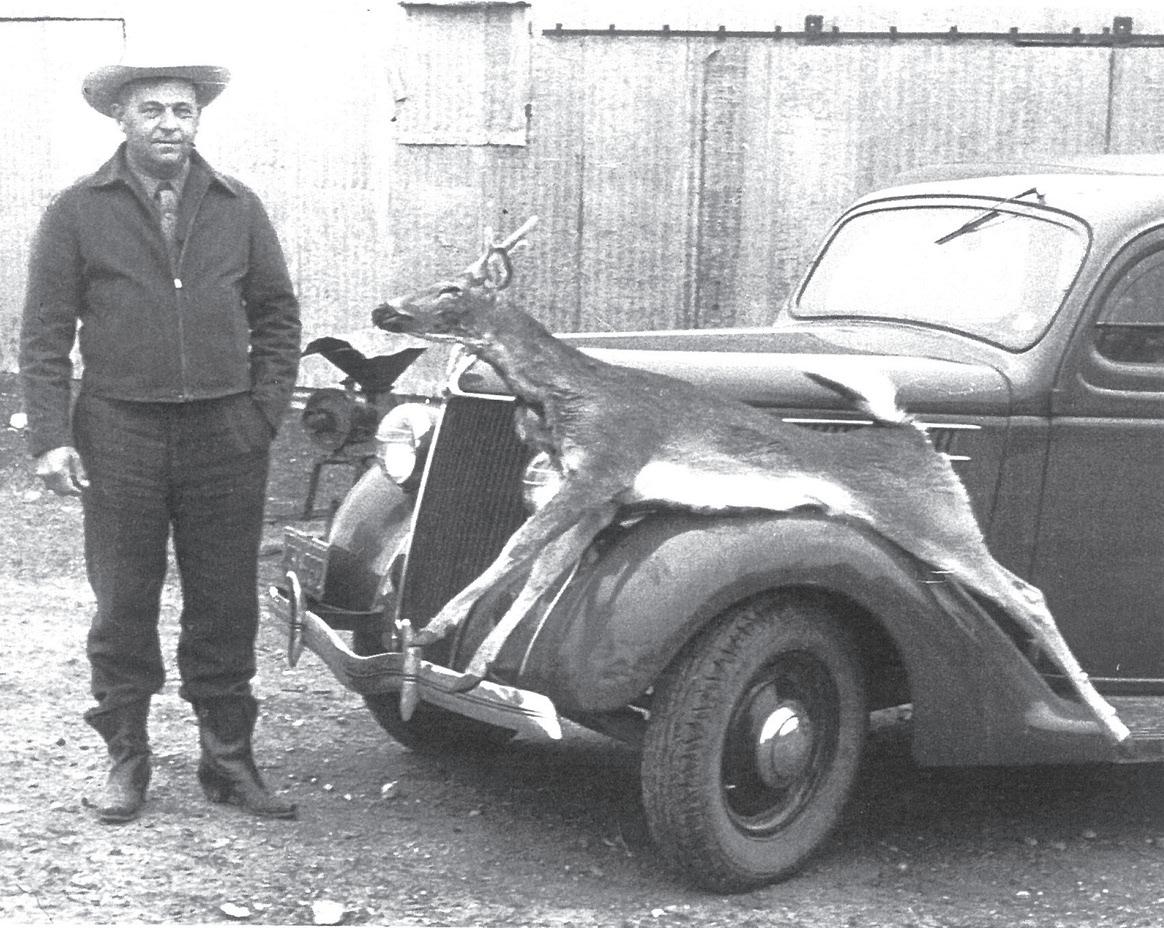
2 minute read
Looking back at Whitetail Deer in Texas
Looking back on Whitetail Deer in Texas
By Gayne C. Young
“During the remainder of the day we passed through a flat country and found a great many deer. We saw around us, almost at the same time, as many as three or four hundred of these animals.” — Juan Antonio de la Pena, 1722
“The deer are so numerous, that they are often found in herds of several thousands.” — Francis Moore Jr., 1840
“Deer of about the size of our largest fallow deer, and in herds of from ten to a thousand, are common in every part of the country.” — Arthur Ikin, 1841
OUTDOORS ON END
By Gayne C. Young
Although the sight of whitetail deer (correctly identified as white-tailed deer) in herds of upwards to a thousand in number may seem difficult to believe, many early settlers and explorers in Texas — even as far back as the 1700s — made reference to such tremendous herds in diaries, journals and letters home. In some portions of the (future) state, whitetail herds were larger than buffalo, an animal that few people have trouble in accepting as gathering in herds that large. To these early Anglo settlers, and the indigenous people that came and lived before them, the deer was easily accessible food. So accessible, in fact, that by as early as 1840, settlers began to notice a severe drop in whitetail numbers. Only a minute portion of this tremendous decline can be attributed to subsistence hunting. The larger impact came from land encroachment, competition from newly introduced livestock, and, just as with the buffalo, senseless and unjustified slaughter.
The extent of this slaughter is well described by John C. Reid who in 1857 wrote:
“Various modes are adopted, by the citizens here, for killing the wild animal. Game is ever in season. Thousands of deer are slain by the light of the fire pan; by snares and pitfalls, by laying concealed near holes of water or “licks”; stooping in the tall grass and attracting those in sight by occasionally tossing in the air an unfurled red handkerchief; or shooting those gentle enough to allow you to approach. They are often beguiled by the docility of others already domesticated; by driving them towards standers in waiting; by chasing upon fleet horses and lassoing them.”

An unidentified hunter in Gillespie County shows off his recent deer harvest 50-60 years ago. — Standard-Radio Post archives
While these methods are almost unconceivable to sportsmen today, the numbers by which deer were slaughtered is almost incomprehensible. Although there was no official census taken in the years during Anglo settlement, it is estimated that there could have been between 30 million and 125 million deer roaming the land that would become Texas. By 1900, it was estimated that there were only 500,000 deer in the entire United States. Like the buffalo, deer were slaughtered almost to the point of no return.
With government intervention and the establishment of strict game laws, deer rebounded quite quickly. By 1990, the number of deer in Texas had reached between three and four million. Just how well deer rebounded is made apparent when considering
DEER HISTORY ▶ 27





